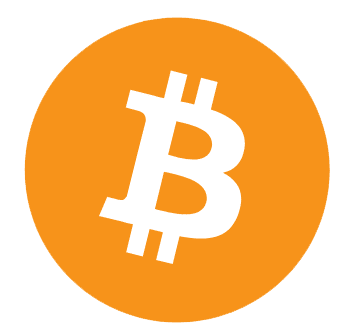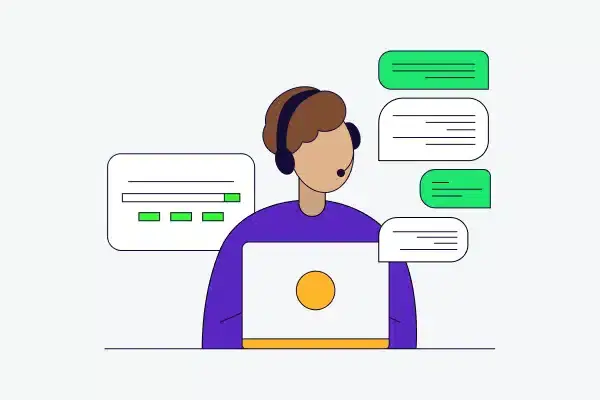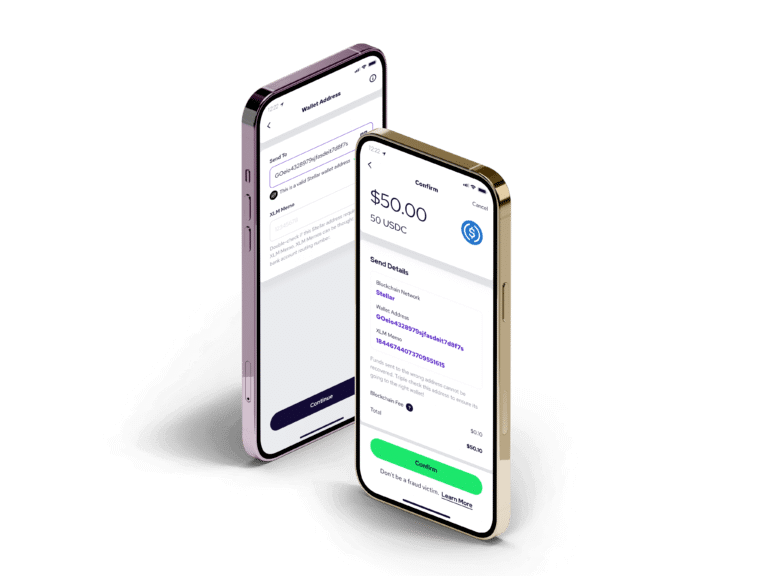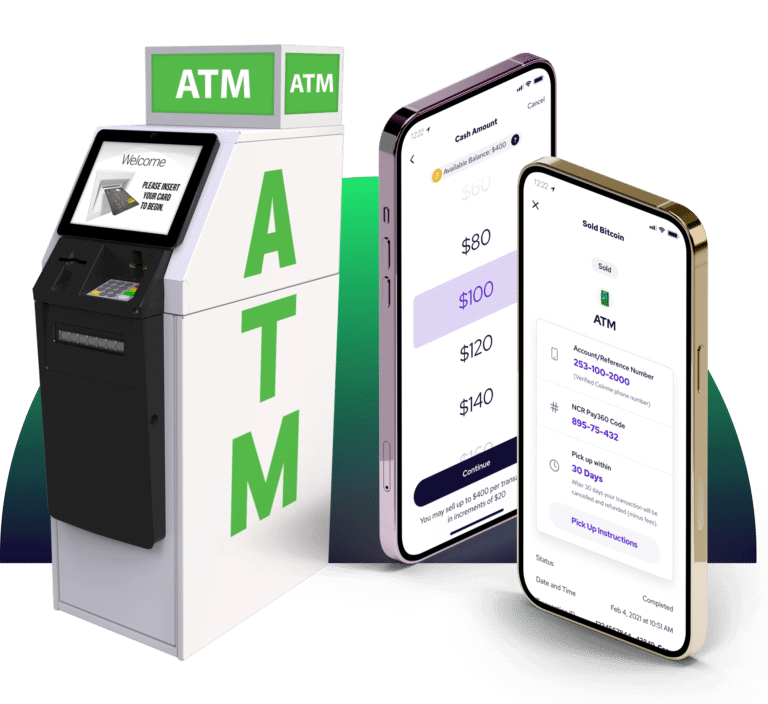If you’ve ever deposited a paycheck and waited several days for the funds to be available, then you’d probably love one of bitcoin’s primary benefits — a rapid transfer of funds. At the same time, bitcoin has falsely earned a reputation for facilitating “instant” transactions, when in reality, it can take a bit longer than that. So really, how long does bitcoin take to send? And why does the time vary? We wanted to clear up some of the main questions surrounding bitcoin transactions.

What are the most important components of a bitcoin transaction?
The most important components of a bitcoin transaction are the sender’s bitcoin address, the receiver’s bitcoin address, and the amount of bitcoin being sent. All of this data is added to the blockchain with every transaction. You’ll see the sender’s bitcoin address referred to as the “transaction input” and the receiver’s address as the “transaction output.”
What happens when bitcoin is sent?
When you send bitcoin, you tell the bitcoin network that you’re sending a certain amount of bitcoin to another person. You also tell bitcoin miners how high of a transaction fee they can earn from this transaction. Bitcoin miners — which include companies, miner pools, and individual miners — then add your transaction to a set of unconfirmed transactions. This set has a name: the mempool.
Miners store mempool transactions in blocks of up to 3,000 transactions. The existence of this maximum incentivizes miners to prioritize transactions for which the sender pays a high transaction fee. This distinction largely dictates how long bitcoin takes to send.
How long does bitcoin take to send?
The average bitcoin transaction takes between 10 and 60 minutes to send. This is mainly due to the fact that miners typically mine one block every 10 minutes. When they mine the block containing your transaction, it would theoretically go through. However, to fully confirm a bitcoin transaction, miners must confirm it six different times — once every 10 minutes. That’s why the average time for confirmations is 10 minutes after the transaction and then 60 minutes after the transaction. Your bitcoin transaction is final upon this last confirmation.
How can transactions slow down?
Your transactions may slow down since miners often prioritize blocks comprising high-fee transactions. The lower your transaction fee, the more slowly miners will tend to your transactions. The thing is, there’s also some disagreement on whether transaction fees increase in proportion to transaction size. Experts don’t entirely agree on whether larger transactions are slower given the data they comprise or faster given their higher fees.
Either way, the bitcoin network has plenty of transactions to process, and this volume can slow transactions. In 2021, there were an average of 250,000 bitcoin transactions per day. That math breaks down to roughly 173 bitcoin transactions per minute. This rate can be quite demanding on bitcoin miners, and that strain only increases at times when there are more transactions than usual. However, you can still increase your transactions’ speed.

Current bitcoin price
How to make bitcoin transactions faster
There are three primary ways you can get bitcoin miners to prioritize your transactions.
- Pay a higher transaction fee. With some digital wallets, you can set your own transaction fees. The higher you set these fees, the more incentive you give bitcoin miners to move your transaction up in the queue. The result is a faster transaction time no matter how much (or how little) bitcoin you send.
- Use the lightning network. The lightning network is a separate payment channel that exists “on top of” the bitcoin blockchain. It runs on different rules from the blockchain so you can send bitcoin faster and with much lower transaction fees.
- Use bitcoin mining pool accelerators. Some mining pools operate external services through which you can pay a premium to prioritize your transactions in the mempool. Typically, this premium is only slightly higher than the fee you’d normally pay. If you need to conduct a rapid bitcoin transaction, this minor price bump may prove worthwhile.
What platforms can you use to send bitcoin?
You can use several types of platforms to use bitcoin. Some of these platforms inherently charge lower fees. Others let you set your own fees if you want to hop ahead in the transaction queue. Common options for sending bitcoin include:
- Crypto exchanges. On crypto exchanges, you can buy a variety of crypto coins and tokens and sell them to other users. This option typically entails higher fees that you can’t increase to jump ahead in the line.
- Bitcoin trading platforms and peer-to-peer networks. On these platforms, you can buy and sell crypto directly from other users instead of buying newly minted coins. Some of these platforms charge no fees at all, which may give miners no reason to prioritize your transactions.
- Crypto kiosks. You can bring cash to crypto kiosks to buy bitcoin, store it on an app, and sell your bitcoin to other app users. You’ll pay a transaction fee, which can lead to well-prioritized transactions as you buy greater amounts of crypto. To learn more about crypto kiosks and start using them, find a Coinme location near you to get started.


